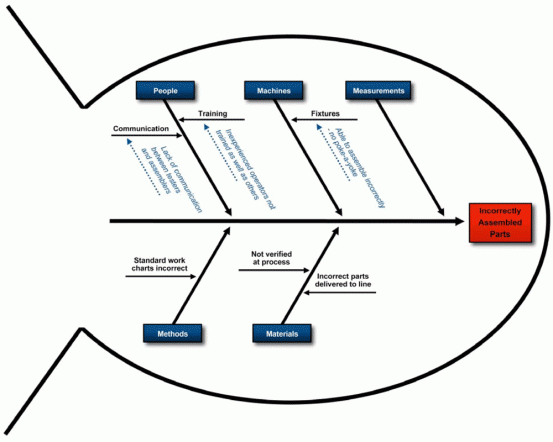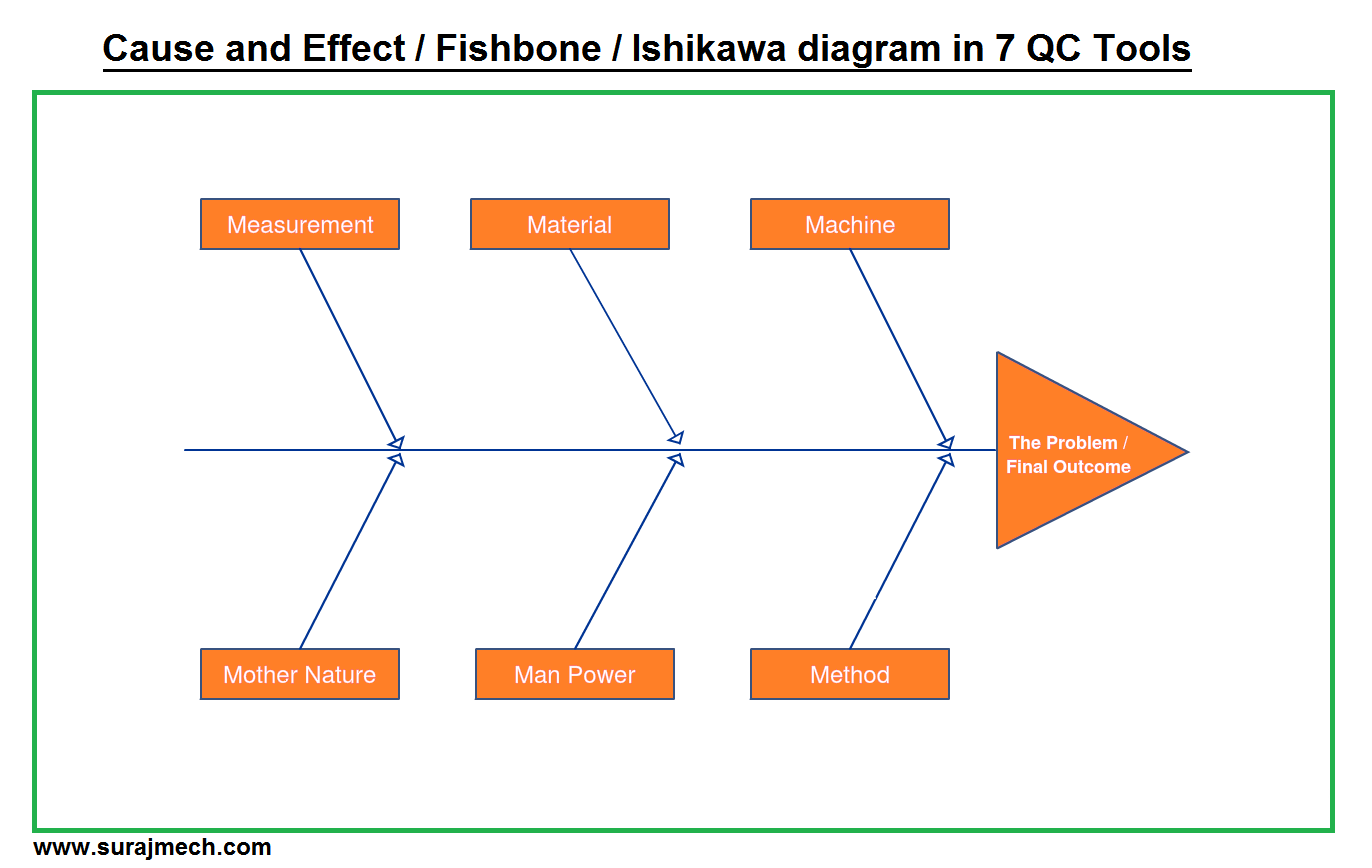

The key is that they are needed for an action to occur.Ģ) Policies define what can and cannot be done in a given situation. The six categories are Procedures, Policies, Place, Product, People, and Processes.ġ) Procedures are the steps needed to accomplish something. Use For Free: Product Enquiry Form Template What are the 6 Categories of Fishbone Diagrams? Fishbone diagrams are especially useful when you’re trying to identify the root causes of an issue or problem because they help you break down your thinking into manageable chunks and give you an easy way to organize those chunks into groups so everyone can see them clearly at once.

For example, if your main category is “factors related to location,” then you might have subcategories such as “distance from suppliers” or “distance from customers.”įinally, list factors under each subcategory that would cause that factor to have an effect on your results. Next, add subcategories under each main category. for example, instead of just writing down “factors,” write down “factors related to location,” or “factors related to product quality.” These categories should be as specific as possible. You then draw lines out from this central “fishbone” to create categories for your causes. When you create a fishbone diagram, you start with the main cause of your problem in the middle of the page. Use This: Product Research Survey Template A typical fishbone diagram has three columns: “categories”, “limitations” and “applications”.Ĭategories are what you think might be causing the problem, limitations are any obstacles that might prevent you from solving it, and applications are all of the possible solutions that could help solve it. It’s a great way to get the pieces of an idea out on the table, and then see what the next steps might be. This can help you focus your efforts on the most important areas, and allows you to see what other problems might be caused by this issue. What is a Fishbone Diagram?įishbone diagrams are a tool that helps you organize the causes of a problem into categories. It is also known as an Ishikawa diagram, a cause-and-effect diagram, or an effect-and-cause diagram. Did you include all relevant information, and is it organized under the right categories? Try sending a URL to a colleague and inviting them to comment or collaborate with you.A fishbone diagram is a visual representation of the contributing factors that contribute to a single problem. Make sure your text is error-free and large enough to read. The more details you have, the easier it will be to analyze your problem.Īfter you’ve completed the document, it’s time to review. Remember to add as many causes as you can think of, even if some of them are less likely to occur than others. Click on any line again to angle it or rotate it. To draw a line without dragging it out from a shape, simply hold down the L key and crosshairs will appear.

Ishikawa diagram categories free#
You are also free to choose your own, more specific categories, depending on what best fits your diagram.ħ. To add causes, draw new lines from the category lines and label them with text boxes. If you’re not sure what to include, these categories are a great first step. The traditional categories for a fishbone diagram are the six M's: First, determine all the potential causes for a problem, and then group them into categories. It might be helpful here to think backwards. Next, you’ll add lines and corresponding boxes to show the categories of causes for your problem statement. Your line will be shorter or longer depending on how many categories you want to include.Ħ. Depending on your industry and use case, the problem could be anything from “shipments arrive late” to “patient readmitted to the hospital.” Once you have the problem statement, draw a line out from it. Drag out a box from the toolbox in Lucidchart (it’s accessible from the left side of the screen), then double-click to label it accordingly. Since fishbone diagrams are used to analyze cause-and-effect relationships, the problem statement is your final effect or result. Explore and start with a fishbone diagram template or create a new document in Lucidchart.ĥ. The first thing you need for your fishbone diagram is a problem statement. Open our editable template to start tackling your own business’s obstacles.Ĥ. This example shows the brainstorming process for a marketing team that’s trying to understand why website traffic has dipped.
Ishikawa diagram categories software#
It’s professional diagramming software that runs seamlessly in your browser. It’s simple to create your own cause and effect analysis example by using Lucidchart.


 0 kommentar(er)
0 kommentar(er)
